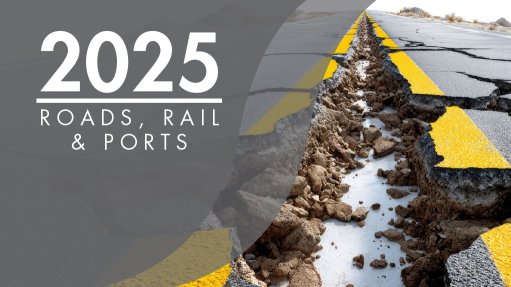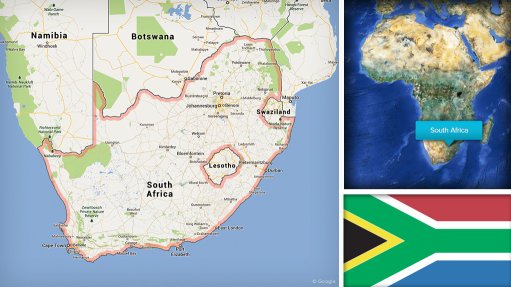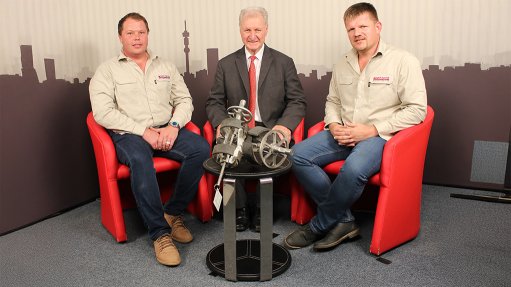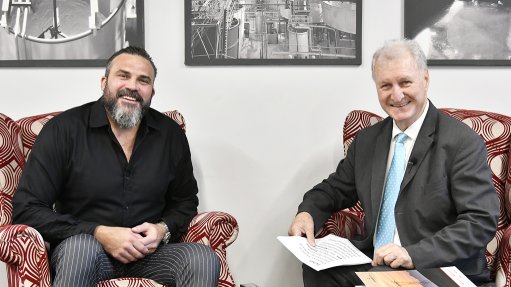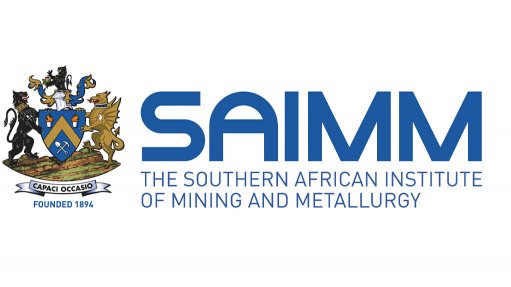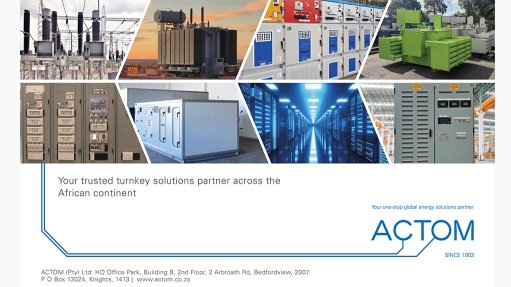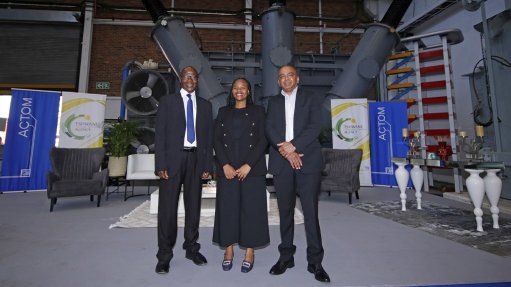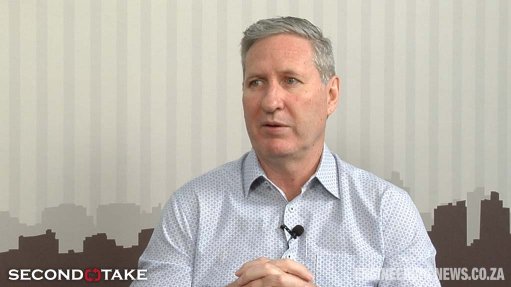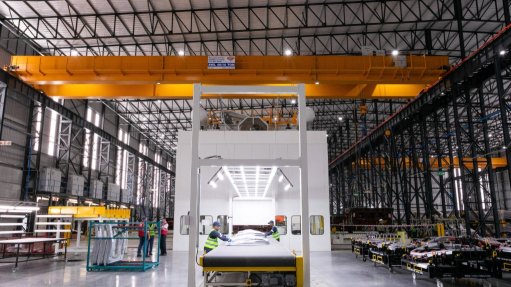Roadmap on the Digital Transformation of the South African government launched
South Africa is taking steps to unify its currently fragmented digital initiatives, and modernise public service delivery, with the launch on Monday of the Roadmap on the Digital Transformation of the South African Government.
The roadmap, a critical pillar of the Operation Vulindlela Phase II, which was launched by President Cyril Ramaphosa on May 7, is expected to set the country on the path to formalise the integration of government services and to establish a national digital identity.
Approved by Cabinet in March and implemented by the Melvyn Lubega-led Digital Service Unit, the roadmap will drive the adoption of digital technologies in government and build digital public infrastructure that can be used by all South Africans.
“It is a significant step in reshaping how citizens access essential services. At its core, the roadmap is about creating a ‘One Person, One Government, One Touch’ system – a single, trusted platform that connects people to services,” said Communications and Digital Technologies Minister Solly Malatsi.
This will include a digital identity system, rapid payments to expand financial inclusion and digital access to services such as ID or passport applications.
South Africa has embarked on several attempts to digitise service delivery over the years; however, these efforts have often lacked coordination – falling short of achieving the scope and urgency needed to benefit all South Africans – with many digitisation initiatives being driven independently within departments. In many cases, this has led to duplication, inefficiencies and missed opportunities.
“The lesson we should all take away from this experience is that innovation without coordination cannot deliver real change. With this roadmap, we are shifting from the fragmented past towards a unified, people-first, whole-of-government approach.”
The Roadmap for the Digital Transformation of the South African Government aims to overcome the barriers to digital transformation that the government has faced in the past by embracing digital public infrastructure, multi-purpose technologies that are shared across government departments to enable safer, more inclusive and more accessible services.
The roadmap focuses on four catalytic initiatives, including the rollout of a Digital Identity System to verify identities remotely; the development of a Data Exchange Framework to streamline government processes; the introduction of a Digital Payments System for secure transactions; and a zero-rated Digital Services Platform where citizens can access government services without incurring data costs.
“Collectively, these initiatives will help us get closer to achieving our vision of an inclusive, secure, and people-centred digital government,” he said.
The roadmap will be implemented in two phases.
Phase 1, to be implemented from 2025 to 2027, will prioritise social protection and focus on digitising services for faster, more reliable access, linking social grants to employment, training and income-generating opportunities to create pathways to sustainable livelihoods.
Further, technology will be used to address issues such as fraud and exclusion in the R370 social relief distress grants, thereby saving money and strengthening public trust.
This phase will deliver immediate, measurable impact and lay the foundation for broader digital reform.
The second phase from 2028 to 2030 will expand focus to other key sectors, such as healthcare, education and business services, building on the lessons learned from Phase 1 to scale successful technologies across government.
“To ensure that all government departments work towards the same goal, the President has appointed the Inter-Ministerial Committee, which I have the privilege of chairing,” Malatsi continued.
The Inter-Departmental Working Group, cochaired by the Department of Communications and Digital Technologies and National Treasury will collaborate with government departments to drive the technical work that will deliver on the initiatives outlined in the roadmap.
Article Enquiry
Email Article
Save Article
Feedback
To advertise email advertising@creamermedia.co.za or click here
Comments
Announcements
What's On
Subscribe to improve your user experience...
Option 1 (equivalent of R125 a month):
Receive a weekly copy of Creamer Media's Engineering News & Mining Weekly magazine
(print copy for those in South Africa and e-magazine for those outside of South Africa)
Receive daily email newsletters
Access to full search results
Access archive of magazine back copies
Access to Projects in Progress
Access to ONE Research Report of your choice in PDF format
Option 2 (equivalent of R375 a month):
All benefits from Option 1
PLUS
Access to Creamer Media's Research Channel Africa for ALL Research Reports, in PDF format, on various industrial and mining sectors
including Electricity; Water; Energy Transition; Hydrogen; Roads, Rail and Ports; Coal; Gold; Platinum; Battery Metals; etc.
Already a subscriber?
Forgotten your password?
Receive weekly copy of Creamer Media's Engineering News & Mining Weekly magazine (print copy for those in South Africa and e-magazine for those outside of South Africa)
➕
Recieve daily email newsletters
➕
Access to full search results
➕
Access archive of magazine back copies
➕
Access to Projects in Progress
➕
Access to ONE Research Report of your choice in PDF format
RESEARCH CHANNEL AFRICA
R4500 (equivalent of R375 a month)
SUBSCRIBEAll benefits from Option 1
➕
Access to Creamer Media's Research Channel Africa for ALL Research Reports on various industrial and mining sectors, in PDF format, including on:
Electricity
➕
Water
➕
Energy Transition
➕
Hydrogen
➕
Roads, Rail and Ports
➕
Coal
➕
Gold
➕
Platinum
➕
Battery Metals
➕
etc.
Receive all benefits from Option 1 or Option 2 delivered to numerous people at your company
➕
Multiple User names and Passwords for simultaneous log-ins
➕
Intranet integration access to all in your organisation








